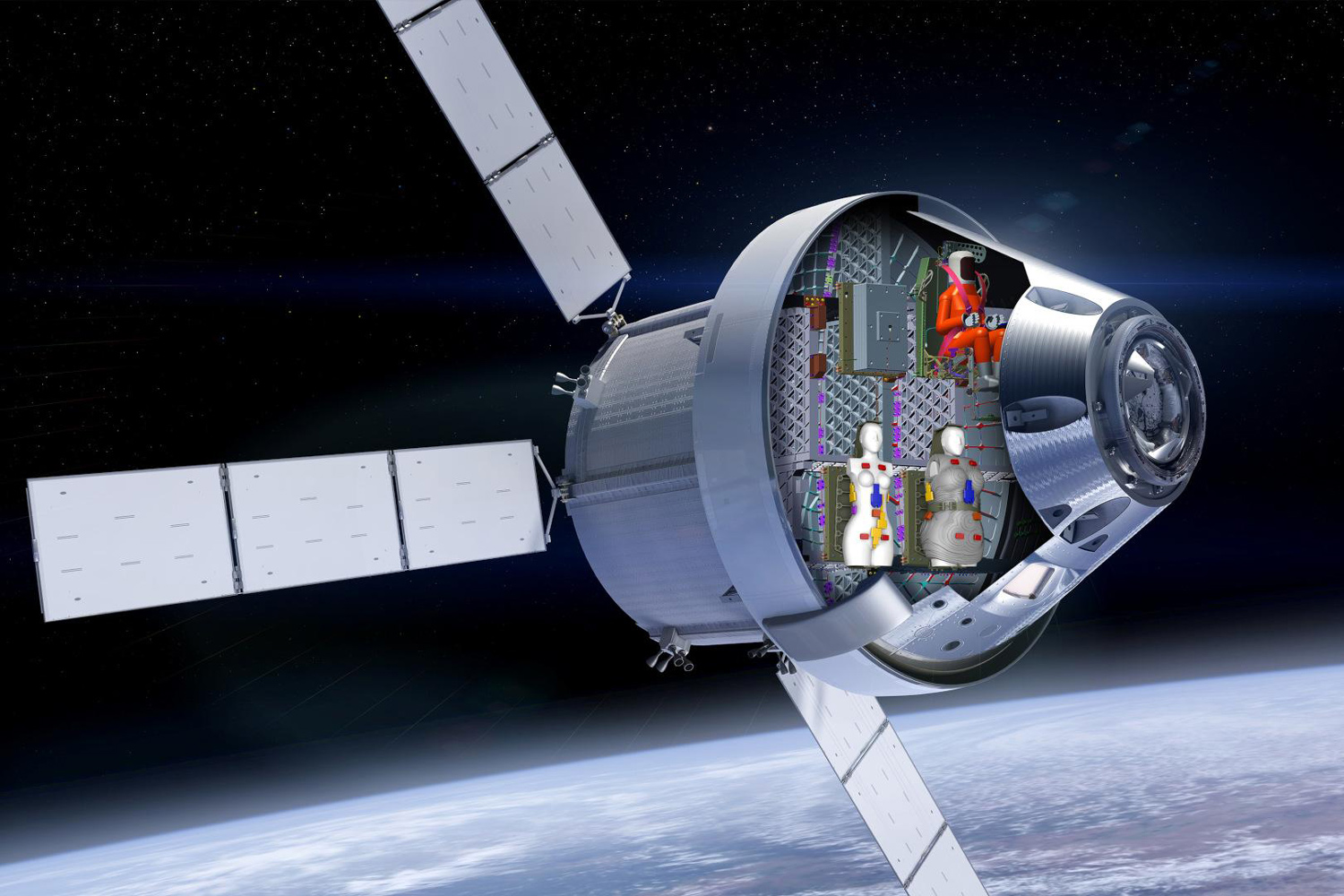Top Architecture Courses With Industry Experts at PAACADEMY!
NASA
Discover NASA’s innovative projects and technologies in space exploration and research on Parametric Architecture. Stay updated with the latest advancements.
What would architecture look like on Venus? Here is a hint from BioShock Infinite
We have only heard of colonizing Mars; however, there is another option from NASA, we can colonize Venus and create floating cities. For...
Europe Builds Moon Replica at LUNA Facility
This is a major step taken by European scientists to understand the challenges of living and working on the moon: they are building...
ORNL and NASA to 3D print a prototype of a wheel for a moon rover
A wheel reaching the one used in NASA’s robotic lunar rover has been 3D printed by researchers from the Oak Ridge National Laboratory...
NASA plans to build 3D-printed settlements on the Moon by 2040
NASA plans to construct 3D-printed habitats on the moon for astronauts and civilians, with the goal of completion by 2040.
Which materials can be used to construct on Mars?
Human civilization has always shown a keen interest in the exploration of space. Every time we look up at the night sky, a...
NASA uses AI to design mission hardware that “looks somewhat alien and weird”
NASA has created Evolved Structures, a novel approach that uses artificial intelligence (AI) to construct metal brackets and mounts for its space exploration...
Life on Mars, but how? A few architectural considerations
The article explores the possibilities and challenges of colonizing Mars, including architectural considerations for human habitats, such as inspirations from the International Space...
NASA plans to roll out Artemis mission in April after architecture exploration review
NASA is currently developing an architecture for the next stages of its Artemis lunar exploration campaign, which it hopes to launch in April.
NASA officials met to review its overall exploration architecture strategy
NASA officials stated that a meeting last week assisted them in developing an exploration architecture to achieve their goals for the moon and...














